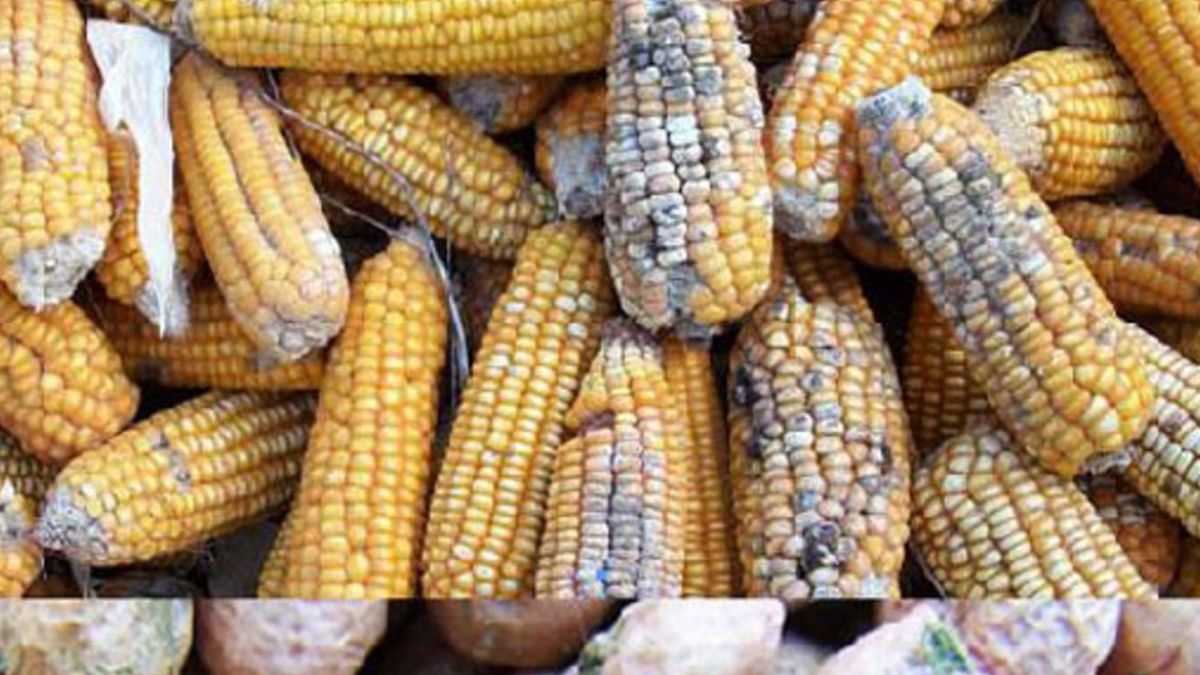Recently, Uganda faced challenges as its grain was rejected by neighboring nations, citing concerns about low quality. In May 2023, over 60 trucks carrying maize were seized by the South Sudan National Bureau of Standards in Nimule, alleging high aflatoxin levels. Despite dealer refutations, East African Community standards experts confirmed the high aflatoxin levels, leading to the destruction of 1,700 tons of maize flour valued at $2 million.
This rejection of grain is not a new occurrence. In 2018, Kenya rejected 600,000 tons of Ugandan maize, citing low quality and elevated aflatoxin levels. Experts attribute the poor post-harvest practices to the subpar quality of the grain.
In response to this recurring challenge, the Grain Council of Uganda (GCU) has introduced a Grain Code of Conduct. Aimed at farmers, aggregators, transporters, and processors, the code focuses on ensuring adherence to guidelines throughout the grain production process, from seed sowing to by-product storage. Robert Mwanje, the council chairman, emphasized the code’s importance during its launch on December 23, 2023, at the Sheraton Hotel in Kampala. He highlighted the need for regulation, especially in aspects such as drying maize on the roadside, which can lead to contamination.
The code addresses various issues, including proper packaging to avoid misrepresentation of weight. Mwanje emphasized that adhering to the code is crucial for penetrating foreign markets, as 70% of Uganda’s grain is exported. The absence of such a code has reportedly cost the sector and the country up to $38 million annually in export trade due to aflatoxins.
Mwanje clarified that the code is a self-regulation tool for sector players. Non-compliance will be handled by state regulators. The code also outlines procedures for managing imported grains like rice. Humphrey Mutaasa, the council’s chief technical advisor, expressed the code’s relevance given the current export difficulties, providing a framework to improve Uganda’s grain quality and reputation in international markets.



















